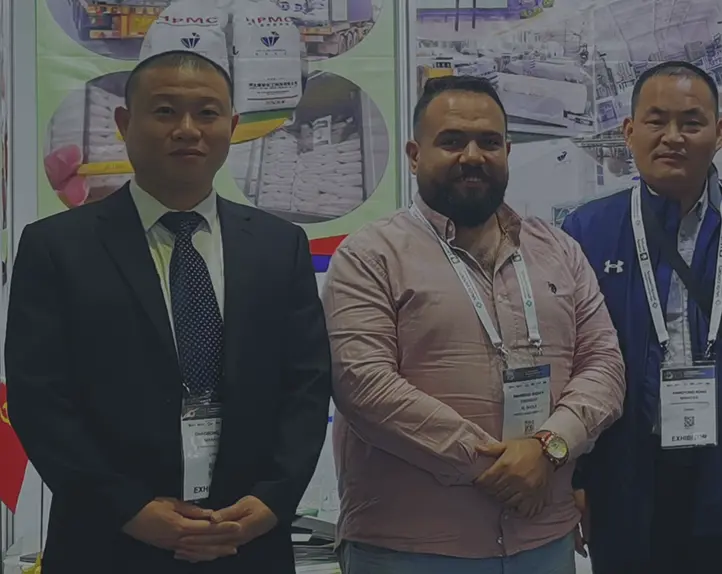
พ.ย. . 25, 2024 00:58 Back to list
Exploring the Benefits and Applications of Dispersible Polymer Powder in Various Industries
Dispersible Polymer Powder A Comprehensive Overview
Dispersible polymer powders are specialized materials widely utilized in various industries due to their versatility and unique properties. These powders are typically produced from different types of polymers, including polyvinyl acetate (PVAC), ethylene-vinyl acetate (EVA), and styrene-acrylics. Their ability to disperse evenly in water or other solvents makes them indispensable in applications such as paints, adhesives, coatings, and construction materials.
One of the main advantages of dispersible polymer powders is their ease of handling and storage. Unlike traditional liquid polymers, which may require complex packaging and transportation considerations, polymer powders are generally stable in dry form. This allows for efficient shipping and storage, as they can be stored in bulk without the risk of leakage or spoilage. Additionally, the application process is simplified, as the powders can be easily measured, mixed, and dissolved in water or other solvents just before use.
In the construction industry, dispersible polymer powders play a crucial role in enhancing the performance of building materials. They are commonly used in dry-mix mortars, tile adhesives, and plastering compounds. When added to these mixtures, dispersible polymer powders improve flexibility, adhesion, and overall durability. This is particularly important in applications where environmental stressors, such as temperature fluctuations and moisture, can compromise the integrity of construction materials.
Furthermore, dispersible polymer powders can significantly enhance the mechanical properties of concrete and cement-based products. They help reduce brittleness and increase tensile strength, resulting in more robust structures. This property is vital for applications in challenging environments, such as coastal areas or regions prone to seismic activity.
dispersible polymer powder

Another prominent use of dispersible polymer powders is in the production of coatings and paints. By incorporating these powders into formulations, manufacturers can achieve superior adhesion, flexibility, and resistance to weathering. This ensures that the final products maintain their appearance and performance over time, even under harsh conditions. For example, paints with dispersible polymer powders exhibit improved scrub resistance, allowing them to withstand repeated cleaning without degrading.
In the realm of adhesives, dispersible polymer powders are valued for their ability to create strong bonds between various substrates. When mixed with water, these powders form a viscous solution that can penetrate surfaces, ultimately leading to enhanced adhesion properties. This characteristic is particularly useful in applications involving porous materials, where traditional adhesives may struggle to form effective bonds.
Moreover, the environmental advantages of dispersible polymer powders cannot be overlooked. As manufacturers work towards more sustainable practices, these powders represent an eco-friendly option, as they can often be formulated without the solvents and volatile organic compounds (VOCs) found in many liquid alternatives. This shift not only benefits the environment but also aligns with increasing regulatory demands for safer chemical products.
In conclusion, dispersible polymer powders are invaluable materials that enhance the performance and application of a wide range of products across different industries. Their ease of handling, storage efficiency, and ability to improve properties such as adhesion, flexibility, and durability make them a preferred choice for manufacturers. As industries continue to innovate and seek more sustainable solutions, the demand for dispersible polymer powders is projected to grow, highlighting their significant role in the future of material science.
-
Unlocking the Benefits of HPMC Products: A Gateway to Versatile Applications
NewsAug.07,2025
-
Unleashing the Potential of HPMC Ashland: A Comprehensive Look
NewsAug.07,2025
-
Tile Bonding Cellulose: The Key to Superior Adhesion and Durability
NewsAug.07,2025
-
Hydroxypropyl Methylcellulose Powder: The Versatile Component in Modern Pharmaceuticals
NewsAug.07,2025
-
Hydroxyethyl Cellulose: The Versatile Solution for Various Industries
NewsAug.07,2025
-
Hydroxyethyl Cellulose (HEC): The Versatile Polymer for Various Applications
NewsAug.07,2025







